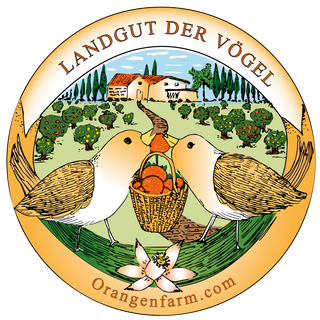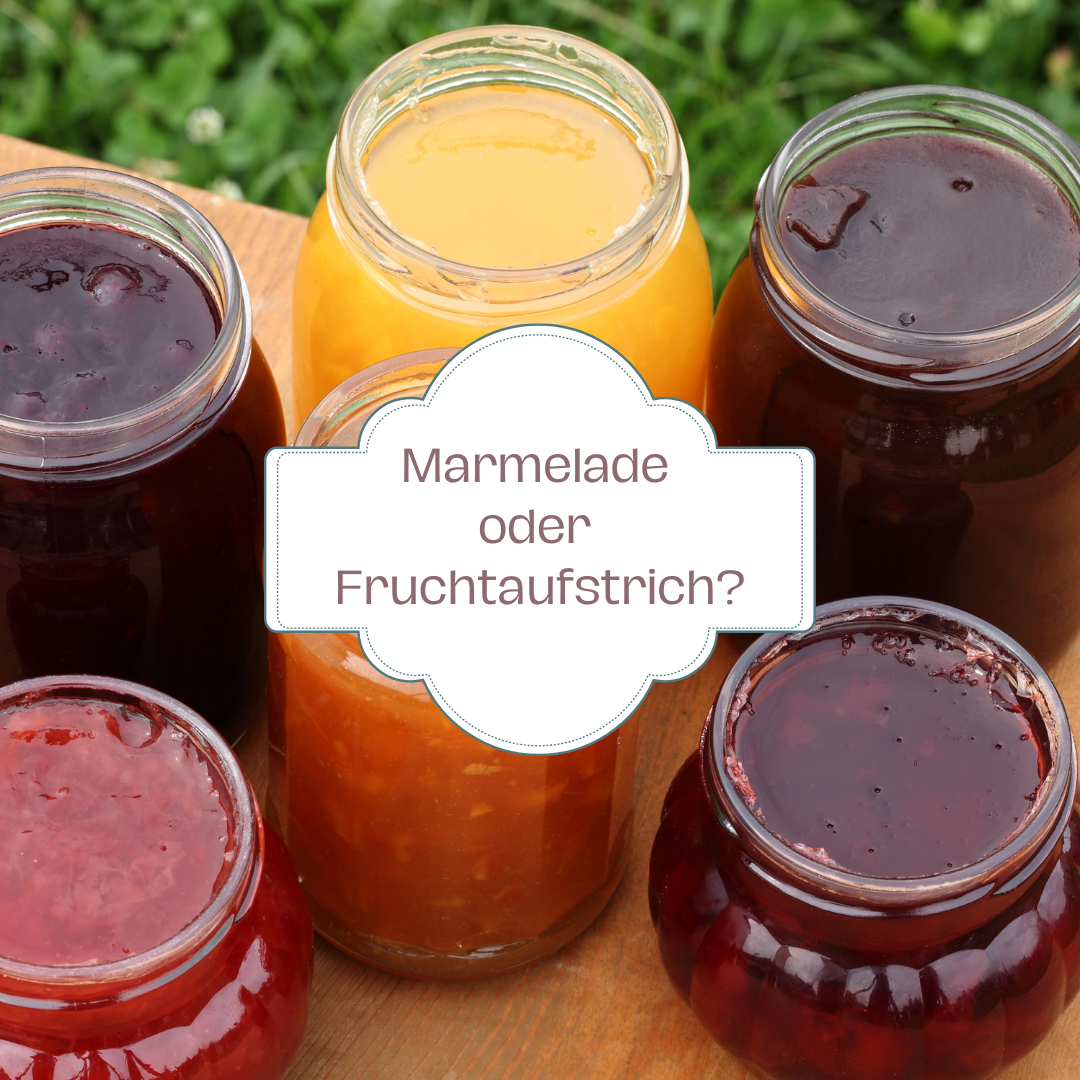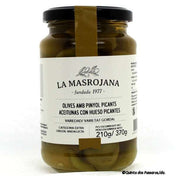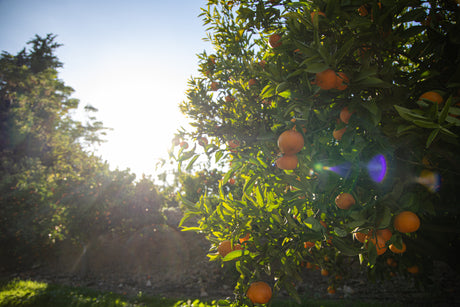Beirabaga & Quinta do Freixo: Portuguese jam and fruit spread with tradition
Jam and fruit spread are popular accompaniments at breakfast. They add a fruity flavor to bread rolls or toast and often remind you of homemade delicacies from grandma's kitchen. But what exactly distinguishes jam from fruit spread, and how can you make it yourself?
The difference between jam and fruit spread
Many people use the terms jam and fruit spread interchangeably, but there is a legal distinction. According to EU regulations, the term "marmalade" may only be used for products made from citrus fruits. Classic orange or lemon marmalade therefore falls under this category. All other preserved fruit preparations that do not contain citrus fruits are referred to as "fruit spread" or "jam." Fruit spread also often has a higher fruit content and contains less sugar than conventional jam.
The history of jam
The origins of marmalade date back to ancient times. Even the ancient Greeks cooked fruits with honey to preserve them. The Portuguese played a significant role in marmalade history, as they were the ones who made quince marmalade (marmelada, from "marmelo" = quince) famous. In the 18th century, marmalade, especially with oranges, became popular in Great Britain. Today, marmalade is an integral part of many breakfast cultures around the world.
Beirabaga and Quinta do Freixo – Traditional jams from Portugal
Beirabaga is a Portuguese brand specializing in traditional jams and fruit spreads. The company relies on high-quality ingredients and traditional recipes. Its jams made from figs, oranges, and other regional fruits are particularly well-known. Beirabaga has close ties to Euromel , a Portuguese company specializing in the production of honey and other traditional products. Euromel produces not only honey but also the fruit spreads and jams under the Beirabaga brand. This partnership guarantees high-quality ingredients, sustainable production, and artisanal manufacturing processes.
Quinta do Freixo is a traditional agricultural estate in the Algarve, Portugal. The company pursues sustainable and environmentally friendly production and offers a wide range of natural products, including jams, honey, dried fruits, and handmade sweets. It relies on organic farming methods and respects nature. The brand combines traditional recipes with modern production standards and manufactures its products without artificial additives.
Specialties from Beirabaga and Quinta do Freixo
Beirabaga
- Apple and Chestnut Fruit Spread – This combination combines the natural sweetness of apples with the nutty aroma of chestnuts. This spread is an autumnal specialty and tastes especially good with fresh bread or as a filling for pastries.
- Lemon Curd – A creamy, intense lemon spread that offers a perfect balance of sweetness and acidity. Ideal as a spread on bread, in desserts, or as a filling for cakes.
- Strawberry Tree Fruit Spread – Made from the fruits of the strawberry tree (Arbutus unedo), traditionally used in Portugal. This spread has a slightly tart yet fruity flavor and is a true delicacy for lovers of unusual flavors.
Quinta do Freixo
- Sweet Orange Marmalade with Peel – This marmalade is made from sun-ripened Portuguese oranges and contains fine pieces of peel, giving it a slightly bitter yet intense citrus flavor. Perfect for a classic breakfast or as an ingredient in desserts.
- Fig Spread – Made from ripe figs, this spread is particularly sweet and aromatic. It's perfect not only on bread but also pairs beautifully with cheese or yogurt.
-
Green Tomato Spread – A special delicacy made from unripe green tomatoes with a slightly tart yet sweet flavor. This spread is perfect for savory combinations or as a sophisticated addition to meat dishes.
We also have many other varieties available from both companies.
Can be found under our category Jams & Fruit Spreads .
Homemade fruit spread – simple and delicious
Homemade fruit spread is not only particularly aromatic, but also a wonderful way to preserve seasonal fruits. Here's a simple basic recipe:
Ingredients:
- 1 kg of fresh fruit (e.g. strawberries, raspberries, apricots)
- 500 g gelling sugar (2:1)
- 1 tbsp lemon juice
Preparation:
- Wash and clean the fruit and, depending on the variety, chop it up or puree it.
- Place in a large saucepan with the gelling sugar and lemon juice and bring to the boil while stirring.
- Boil briskly for about 4-5 minutes, stirring regularly.
- Test for settling: Pour a small spoonful of the hot mixture onto a cold plate. If it sets after a short time, the spread is ready.
- Pour the hot fruit spread into clean, sterile jars, close tightly and turn upside down until they have cooled.
Tips for better consistency and shelf life
- The setting point: A setting test prevents the jam from becoming too runny or too thick. If the mixture doesn't set, a little lemon juice or additional gelling sugar can help.
- Hygiene is important: To avoid mold growth, the jars and lids should be thoroughly sterilized before filling.
- Storage: Fruit spreads should be stored in a cool, dark place. Once opened, they will keep in the refrigerator for several weeks.
- Alternatives to sugar: If you want to use less sugar, you can use alternatives such as agave syrup or gelling agents without added sugar.
Variations and creative ideas
There are no limits to your imagination when it comes to fruit spreads. Those who like things extra sophisticated can add spices like vanilla, cinnamon, or ginger. Combining different fruits, for example, strawberry-rhubarb or peach-passion fruit, also creates exciting flavor experiences.
Conclusion
Whether jam or fruit spread – both sweeten our mornings and can be wonderfully customized. Those who like to experiment can play with different fruits, spices, and sugar ratios to create their own perfect spread. Give it a try and enjoy the fruity taste of summer all year round!



